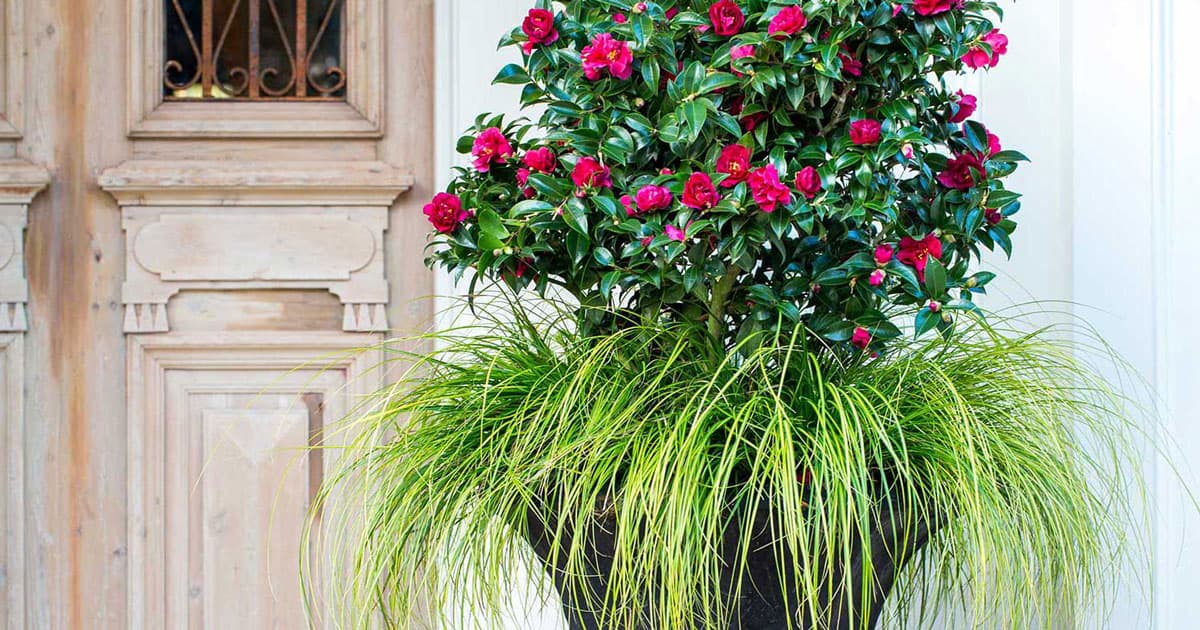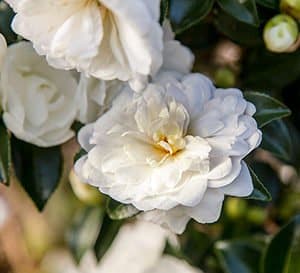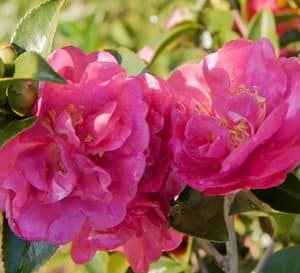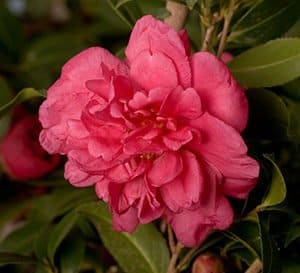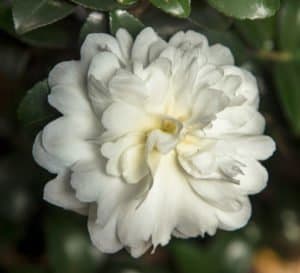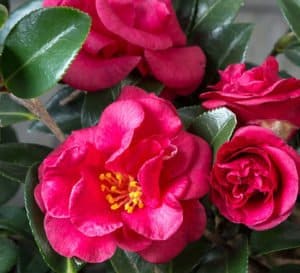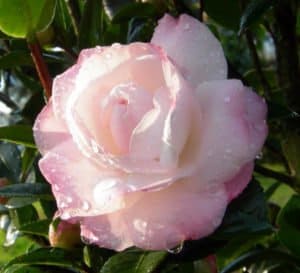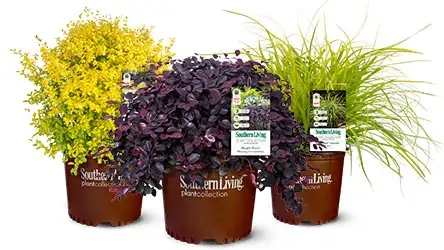By Kimberly Toscano
Camellias are easy to grow in containers and will thrive with the right care and conditions. Follow these simple steps for vigorous container-grown camellias throughout the year.
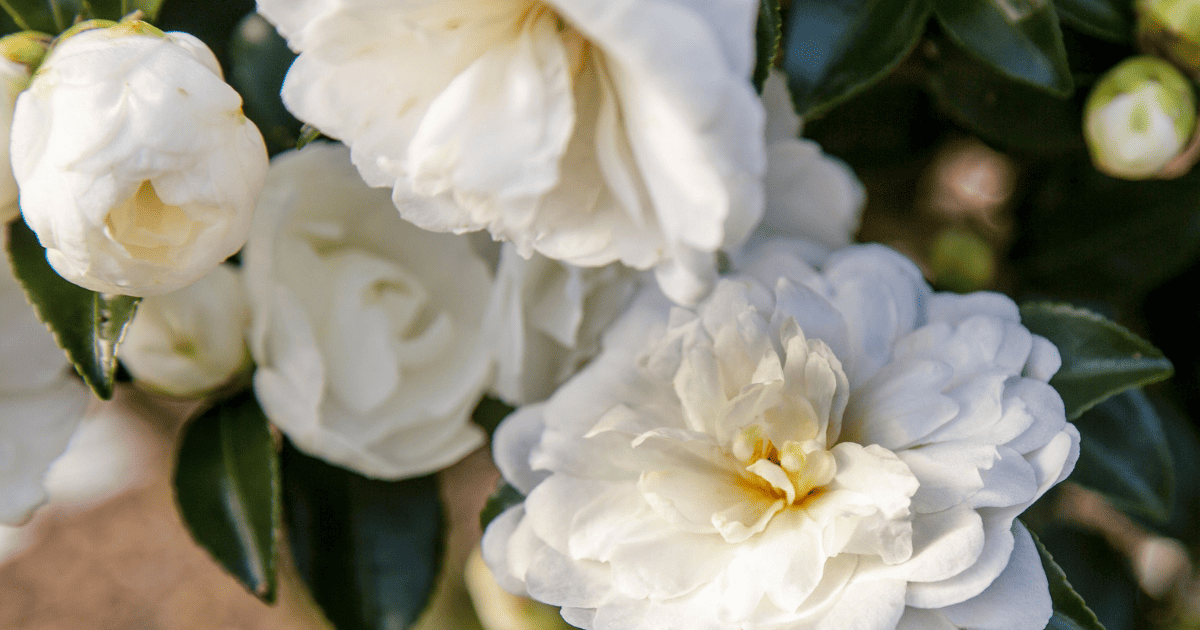
1. Know Before You Grow
Cold tolerance is an important consideration when growing plants in containers. As a rule of thumb, growing plants in containers shifts hardiness by approximately two zones. For winter survival, it is necessary to select container plants from two zones colder than your USDA Hardiness Zone. Newer cold-hardy camellias like October Magic® Bride have pushed camellias into more northern gardens. These varieties, hardy to USDA zone 6 when planted in the ground, are appropriate for container growth in zone 8 gardens and above.
Growers can push the limits by protecting plants from extreme temperature dips. Prepare for cold snaps by piling mulch around the sides of the container and covering the crown with a blanket. Make sure plants are well watered a few days before cold temperatures arrive.
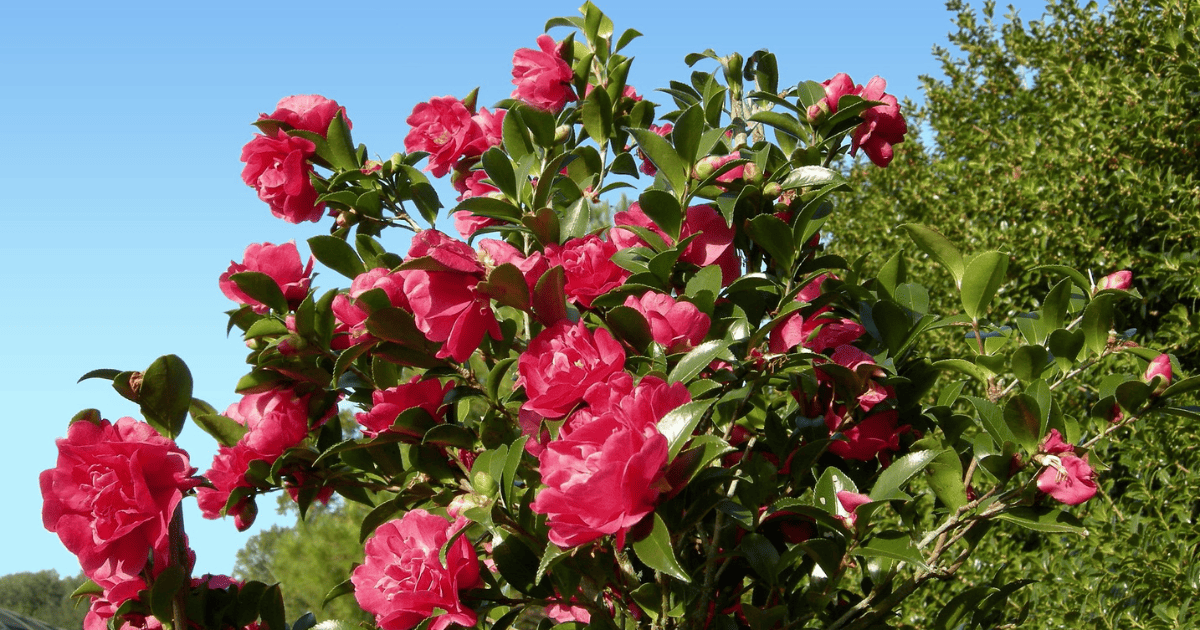
2. Variety Selection
Are you looking for fall blooms or a splash of winter color? Do you want a conical or columnar form? With more than a dozen varieties to choose from, the Southern Living Plant Collection has the perfect camellia for your container garden. Early bloomers include October Magic® Ivory and Alabama Beauty™ Camellias. For year-end color try, Bella Rouge™ Camellia.
Plant breeders are introducing ever more diverse forms among new camellia varieties. October Magic® Dawn™ Camellia is compact and conical in form, reaching 4 to 6 feet tall and 3 to 4 feet wide. For big impact in tight spaces, the upright October Magic® Rose Camellia provides an almost columnar form, growing 6 to 8 feet tall, but spreading only 3 to 4 feet wide.
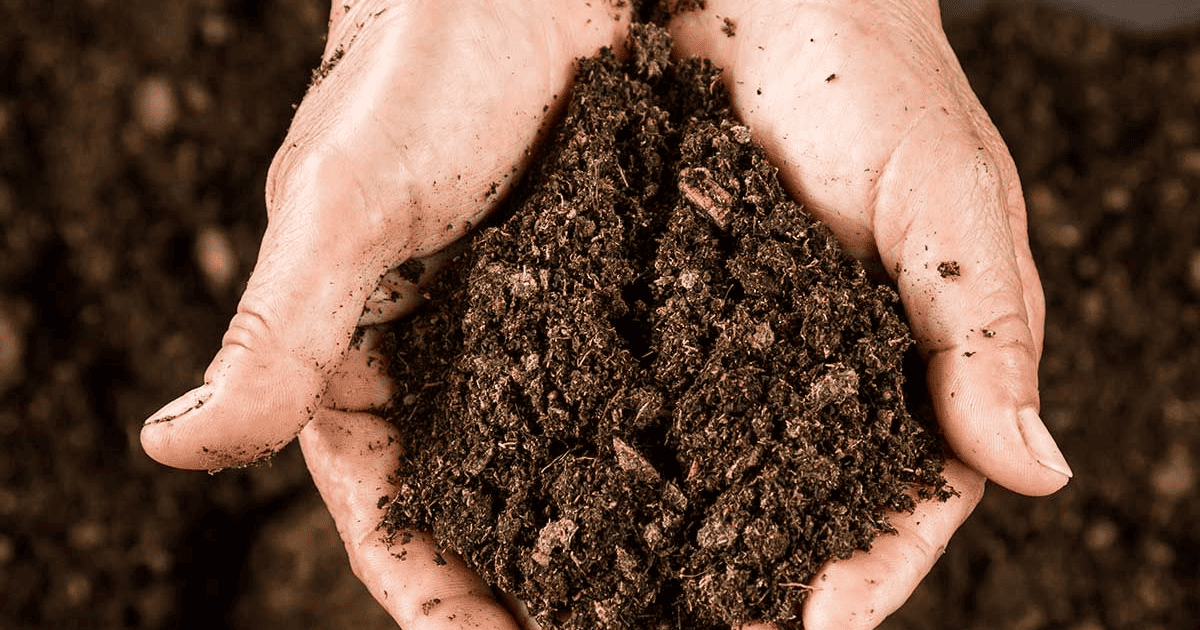
3. Soil Smarts
Camellias prefer well-drained, acidic soil, ideally with a pH between 5.0 and 6.5. The simplest way to provide a suitable growing medium is to use a commercial mix for rhododendrons and azaleas or camellias. For do-it-yourselfers, a mixture of equal parts coarse sand, small pine bark, and oak leaf mold or coarse peat moss works well. Avoid fine peat moss, which can dry out quickly and harden.
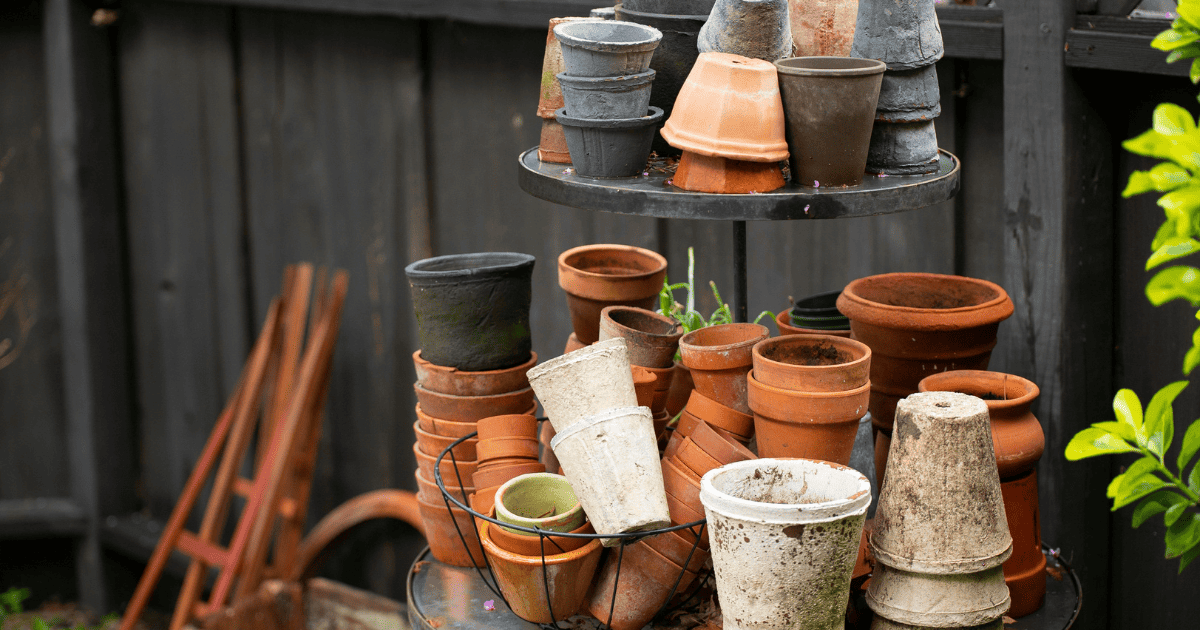
4. Potting Up Success
Camellias do not tolerate wet feet, so containers must have good drainage. A well-drained potting mix as described above assists with drainage, but one large or several smaller drainage holes are a must. In areas where frost is a possibility, use a frost-proof container made of fiberglass, lead, iron, heavy plastic, or stone. Terra cotta pots crack in cold temperatures, but glazed pottery tends to hold up well.
Size containers according to the existing root ball. Select a pot that is one to two sizes up from the current container. For example, a 1-gallon shrub can be planted in a 2- or 3-gallon or 10- to 12-inch container. Camellias need to be repotted every two to three years using the same method of potting up one to two container sizes.
5. Feed Me, Seymour
First, always water plants before applying fertilizer to avoid burning roots. Secondly, never fertilize when temperatures are above 90 degrees F. Now, let’s look at fertilizer options.
The easiest method is to apply a commercial water-soluble fertilizer for acid-loving plants (camellias, azaleas, rhododendrons, etc.) according to label directions. Begin applications in spring and continue until late summer, making the last application about six to eight weeks before your first frost date.
The American Camellia Society shares another fertilization method commonly used by growers that replaces liquid fertilizers with cottonseed meal, an organic fertilizer that is less likely to burn the plant. Four-part cottonseed meal is mixed with one-part iron and applied every 45 days during the growing season. During the dormant season, applications of a 2-10-10 fertilizer are made every 45 days to support bud and flower development.
6. Plant Upkeep
Container-grown camellias dry out faster than those planted in the ground. Be sure to water containers deeply when the upper 2- to 3-inches of soil feel dry to the touch. Allow containers to drain thoroughly. Avoid pruning camellias during the growing season when buds are forming. Shape plants after flowering in late winter/early spring before the first flush of new growth.
7. Location Matters
While camellias can tolerate part sun to full shade, container plants do better in shadier areas. The morning sun is fine, but camellia containers need protection from the afternoon sun, especially in hot climates. Remember, the more sun the plant receives, the more water it will need. Potted camellias are ideal for covered porches and entryways, or use them to dress up shady patios.
With these simple steps, you will produce an abundance of blooms to enjoy in the garden and indoors. Clip a few branches to add greenery or blooms to vases, or float a few blossoms in a shallow dish of water. Dress your outdoor dining table with a few clippings to connect the table to the surrounding garden.

